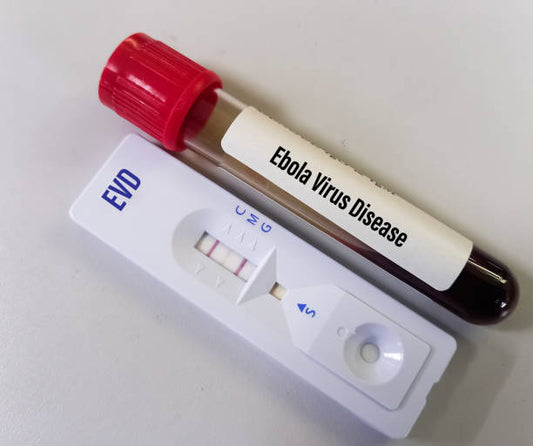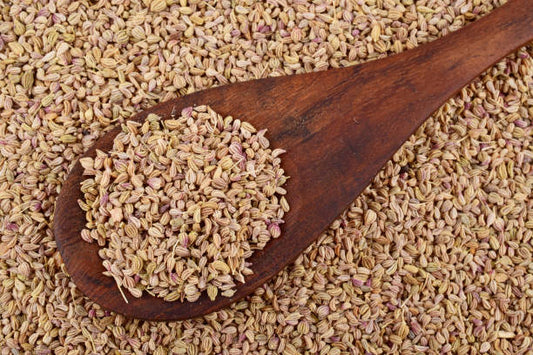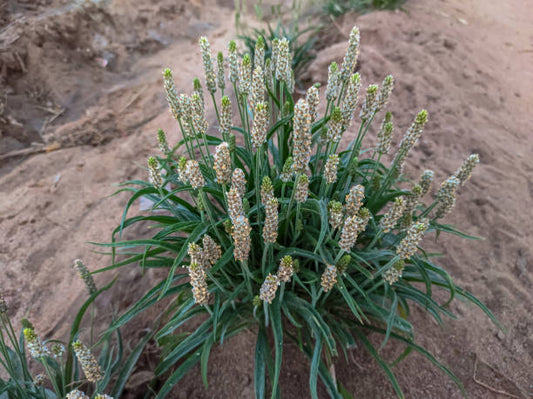Hydrochlorothiazide/Lisinopril is a combination medication that contains two active ingredients: hydrochlorothiazide and lisinopril. It is commonly prescribed to manage high blood pressure (hypertension) by combining the effects of a diuretic and an angiotensin-converting enzyme (ACE) inhibitor.
Uses of Hydrochlorothiazide/Lisinopril:
Hydrochlorothiazide/Lisinopril is primarily used to:
- Hypertension Management: Treat and control high blood pressure.
How Hydrochlorothiazide/Lisinopril Works:
- Hydrochlorothiazide: A diuretic that increases urine production, leading to reduced fluid retention and lower blood pressure.
- Lisinopril: An ACE inhibitor that relaxes blood vessels, allowing for smoother blood flow and reduced blood pressure.
Benefits of Hydrochlorothiazide/Lisinopril:
- Dual Action: Combines the benefits of a diuretic and an ACE inhibitor for more effective blood pressure control.
- Reduced Edema: Helps reduce fluid retention and swelling.
Dosage and Administration:
- Dosage varies based on individual factors, including blood pressure levels, response to treatment, and other considerations.
- Hydrochlorothiazide/Lisinopril is available in tablet form, typically taken orally with or without food.
- Follow the prescribed dosage and instructions provided by healthcare professionals.
Side Effects of Hydrochlorothiazide/Lisinopril:
While generally well-tolerated, Hydrochlorothiazide/Lisinopril may cause side effects, including:
- Common effects: Dizziness, cough, and increased blood potassium levels.
- Less common effects: Kidney problems, allergic reactions, and changes in blood cell counts.
- Report any severe or persistent side effects to a healthcare professional.
Precautions:
- Inform healthcare providers about existing medical conditions or medications.
- Regular monitoring of blood pressure and kidney function may be necessary during treatment.
- Use caution in individuals with a history of kidney problems or diabetes.
Interactions:
- Hydrochlorothiazide/Lisinopril may interact with certain medications, including nonsteroidal anti-inflammatory drugs (NSAIDs) and potassium supplements.
Warnings:
- Dehydration and electrolyte imbalances may occur. Maintain adequate fluid intake.
- Monitor blood potassium levels regularly, especially in individuals taking potassium-sparing diuretics or supplements.
- Use caution in individuals with a history of angioedema.
It's important to note that this information is general, and specific details can vary. Always consult with a healthcare professional for personalized advice before using Hydrochlorothiazide/Lisinopril or any medication.
References:
- Drugs.com - "Hydrochlorothiazide/Lisinopril": www.drugs.com/hydrochlorothiazide_lisinopril.html
- MedlinePlus - "Lisinopril and Hydrochlorothiazide": medlineplus.gov/druginfo/meds/a601070.html
Author: Nikita Vishnoi BCA












